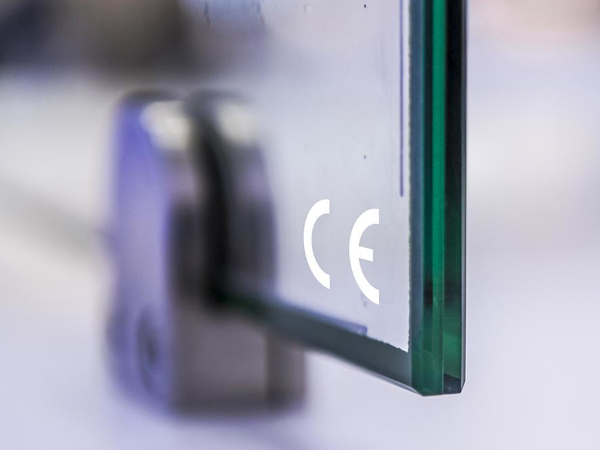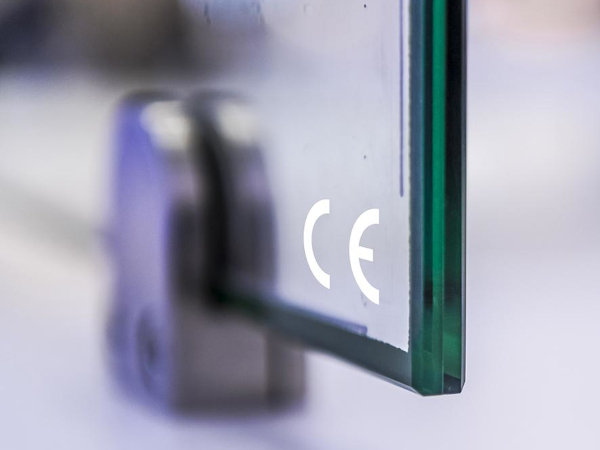Date: 7 March 2012
The combination of this micro hole drilling processing technology and the production technology for ultra-thin glass has opened the door for glass to be used in leading-edge applications such as laminated semiconductors.
Ultra-thin glass has prospects for being applied to various products thanks to its thinness of 0.1mm in addition to the excellent features of glass including transparency, heat resistance and electrical insulation. Last year, AGC developed the world’s thinnest float glass, with a thickness of just 0.1 millimeters. Meanwhile, however, it was difficult to process such thin sheet glass using ordinary processing methods, which made it necessary to develop new technologies to commercialize ultra-thin glass.
Recently, AGC has developed a micro hole drilling processing technology using a dielectric breakdown induced by electrical discharging. This technology has enabled precise drilling processing on ultra-thin glass with a very high processing speed, in the order of a few milliseconds.
This technology can be applied, for instance, to hole drilling processing of thin sheet glass for interposers for laminated semiconductors. Laminated semiconductors are produced by vertically stacking semiconductor chips for enhanced performance, and are connected to a printed circuit board via an interposer. This interposer needs many holes with a diameter of about 50 μm to connect through-electrodes1 of semiconductors, etc. So far, thin sheet glass with a thickness of about 0.3 millimeters draws attention as a raw material for interposers, but it has been difficult to drill micro holes in such thin glass using conventional technologies. By applying the newly-developed micro hole drilling processing technology2 for ultra-thin glass to process glass interposers, AGC will be able to drill holes precisely and at high speed to connect through-electrodes.
AGC will strive to develop products and technologies in the increasingly sophisticated electronics field by leveraging its wide-ranging glass technologies from glass material design and manufacturing to precise processing.
Notes: 1. A through-electrode is a technology for electrically connecting stacked chips by drilling small holes in semiconductor chips, and enables increases in functionality and downsizing compared with conventional methods. 2. AGC will announce the result of this research on micro hole drilling processing technology in the “iMAPS International Conference and Exhibition on Device Packaging,” to be held from March 5 to 8 in Arizona, U.S.A. Media Contact Toshihiro Ueda, General Manager, Corporate Communications & Investor Relations
Asahi Glass Co., Ltd. (Contact: Satoshi Yoshida; Tel: +81-3-3218-5603; E-mail: info-pr@agc.com)







Add new comment